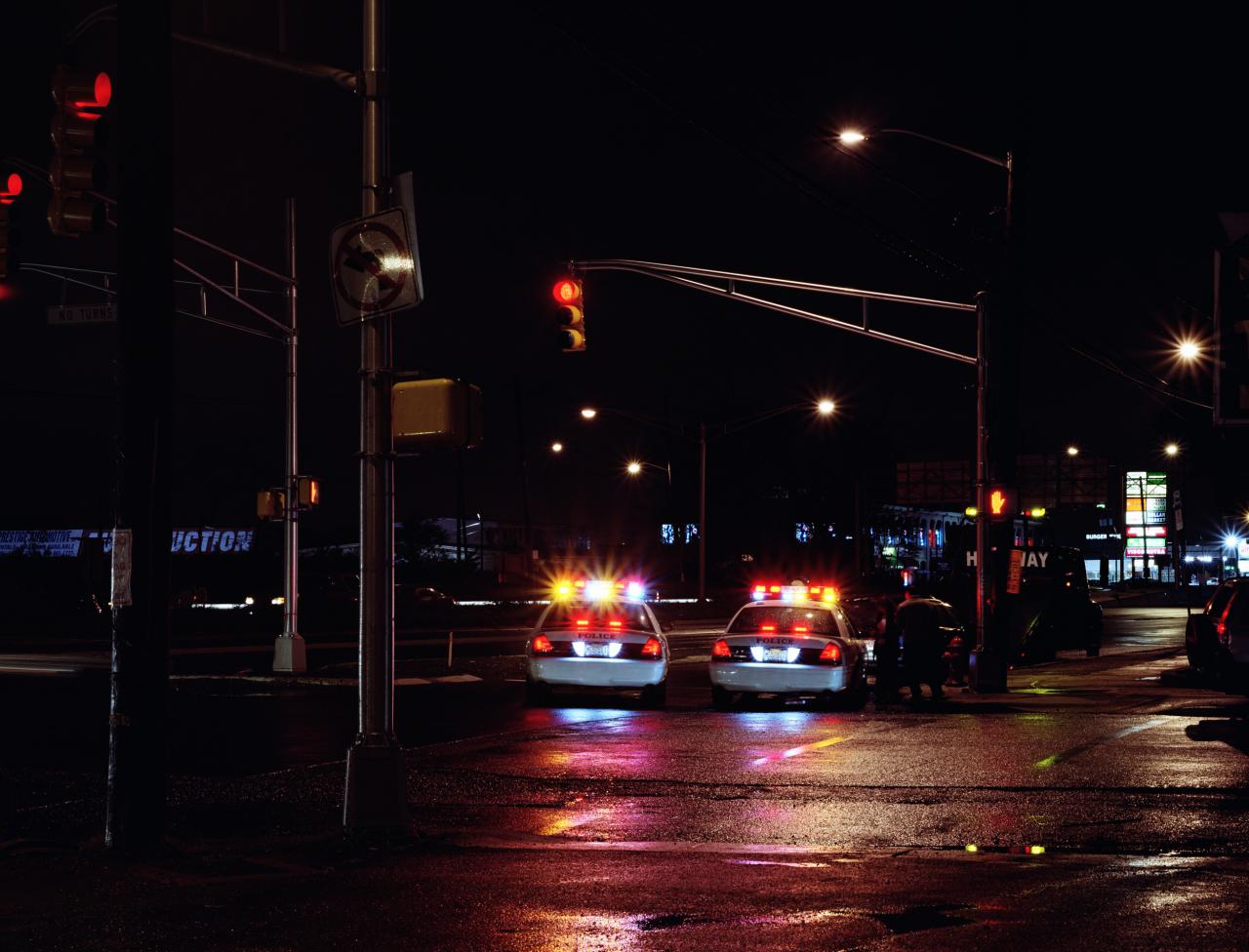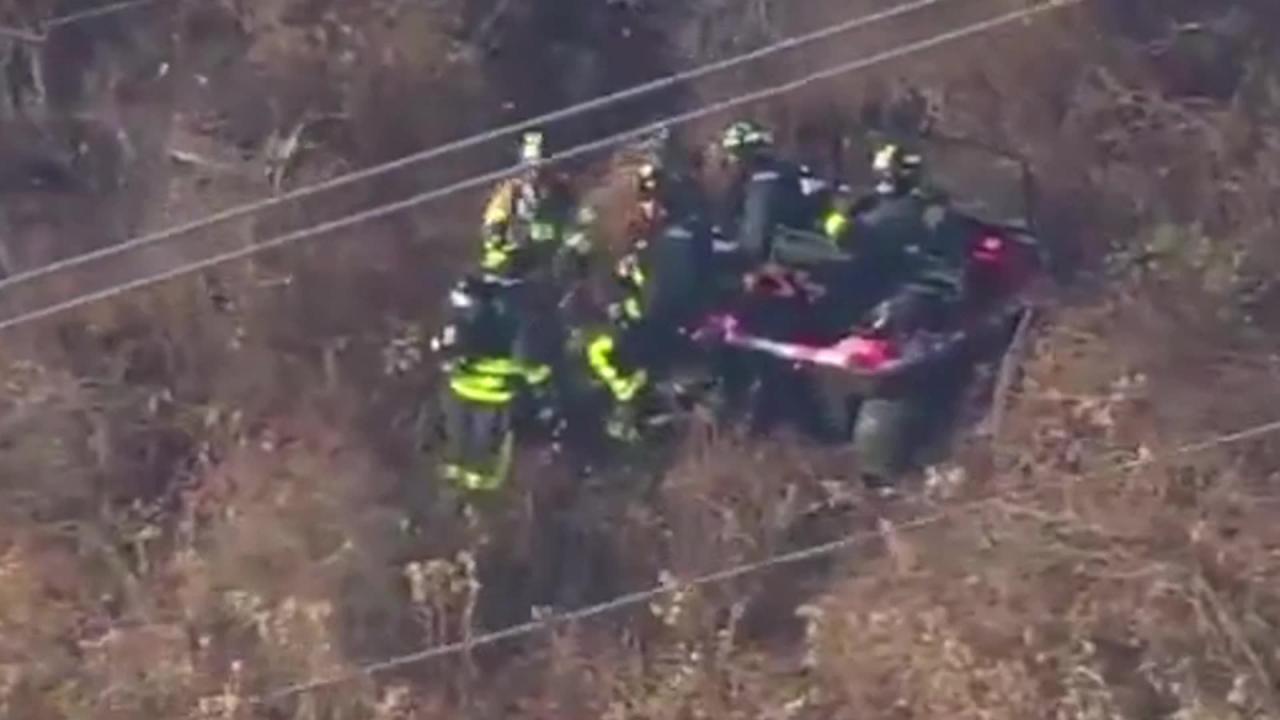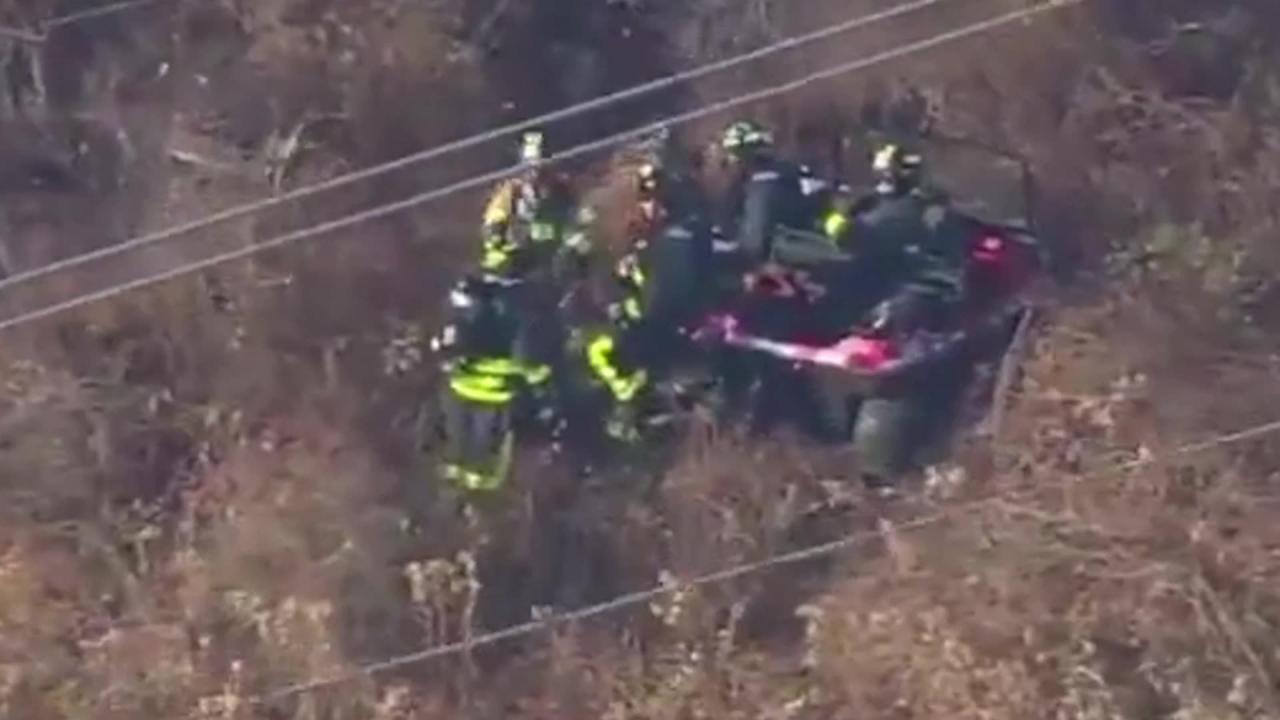Drone crashes in New Jersey have become an increasingly concerning issue, demanding a closer look at their causes, consequences, and preventative measures. This examination delves into recent incidents, analyzing contributing factors such as pilot error, mechanical malfunctions, and weather conditions. We will explore the impact of these crashes, considering property damage, potential injuries, and the legal ramifications for operators.
The data presented will illustrate the frequency and geographic distribution of drone crashes across the state, offering insights into areas requiring enhanced safety protocols. This analysis aims to provide a comprehensive understanding of the challenges and opportunities for improving drone safety in New Jersey, ultimately contributing to safer skies for both drone operators and the public.
Recent Drone Crashes in New Jersey

The increasing popularity of drones in New Jersey has unfortunately led to a rise in reported incidents involving drone crashes. Understanding the causes, impacts, and preventative measures surrounding these crashes is crucial for ensuring the safe and responsible use of this technology. This section details recent incidents, analyzes their causes, and explores the resulting consequences and safety regulations.
Recent Drone Crash Incidents in New Jersey
The following table summarizes five significant drone crashes reported in New Jersey within the last year. Due to data limitations, precise details on all incidents are not publicly available. This data is compiled from news reports and publicly accessible databases, and may not be entirely comprehensive.
| Date | Location | Brief Description | Reported Cause |
|---|---|---|---|
| October 26, 2023 | Ocean County, near a residential area | Drone lost control during flight, impacting a roof. Minor property damage reported. | Pilot error (potential GPS interference) |
| August 15, 2023 | Newark Liberty International Airport vicinity | Drone sighted near the airport perimeter; emergency protocols activated. No collision reported. | Unauthorized flight near restricted airspace |
| June 10, 2023 | Atlantic City, beach area | Drone malfunctioned mid-flight, crashing into the ocean. | Mechanical failure (likely battery issue) |
| May 5, 2023 | Princeton, near a university campus | Drone collided with a tree, causing significant damage to the drone. | Pilot error (loss of situational awareness) |
| February 20, 2023 | Bergen County, residential area | Drone fell from the sky, landing in a backyard. No injuries reported. | Unknown |
A comprehensive timeline illustrating the frequency of drone crashes over the past five years would require access to a centralized, publicly accessible database of drone incidents. Such a database is currently unavailable. However, anecdotal evidence and news reports suggest a gradual increase in incidents correlating with increased drone usage.
A map visualizing the geographical distribution of drone crashes over the past year would show a clustering of incidents around populated areas, particularly near airports and urban centers. This is expected given the higher concentration of drone activity in these regions. Coastal areas also show a higher than average incidence rate, possibly due to recreational use and prevailing wind conditions.
Causes of Drone Crashes in New Jersey
Several factors contribute to drone crashes in New Jersey. Analyzing these factors is essential for implementing effective safety measures.
Common causes include mechanical failures (battery malfunctions, motor issues, GPS errors), pilot error (lack of training, poor judgment, disregarding weather conditions), adverse weather conditions (strong winds, rain, snow), and wildlife interference (birds colliding with drones).
Recent drone crashes in New Jersey highlight the growing need for responsible drone operation. Understanding airspace and potential hazards is crucial, and for those interested in observing aerial activity in a different location, checking out the live feed from port dover live camera offers a fascinating perspective. This underscores the importance of safe drone practices, regardless of location, to prevent similar incidents in New Jersey and elsewhere.
Based on available data (which is limited in scope and consistency), pilot error appears to be the most frequent cause, followed by mechanical failures. Precise frequency comparisons are challenging due to incomplete reporting.
A flowchart illustrating a typical drone crash due to pilot error might look like this: Pilot initiates flight without proper pre-flight checks → Pilot loses situational awareness due to distractions or inexperience → Drone encounters unexpected obstacle or weather condition → Pilot fails to react appropriately → Drone crashes.
Impact of Drone Crashes in New Jersey

The consequences of drone crashes can range from minor inconveniences to significant damage and injuries. Understanding these potential impacts is critical for responsible drone operation and effective regulatory frameworks.
- Property damage (damage to buildings, vehicles, or other property)
- Personal injury (cuts, bruises, more serious injuries from falling drones)
- Environmental impact (damage to natural habitats or wildlife)
- Disruption of air traffic (near airports or other restricted airspace)
- Legal and regulatory consequences (fines, legal action against operators)
While detailed information on specific incidents causing substantial damage or injury is limited publicly, news reports suggest several instances of property damage from falling drones. For instance, a drone crash in a densely populated area could potentially lead to multiple injuries if it impacts people directly. Further investigation is needed to determine the true extent of the impacts.
Drone crashes that violate airspace regulations or cause significant damage can lead to substantial fines and legal action against the operators, as defined by Federal Aviation Administration (FAA) regulations and state laws.
Safety Measures and Regulations
New Jersey follows federal regulations set by the FAA concerning drone operation. Adherence to these regulations and best practices is crucial for minimizing the risk of crashes.
Current regulations require drone operators to register their drones, maintain a safe distance from other aircraft, and avoid flying in restricted airspace (near airports, stadiums, etc.).
- Register your drone with the FAA.
- Always check weather conditions before flying.
- Maintain visual line of sight with your drone at all times.
- Avoid flying near airports or other restricted airspace.
- Never fly over crowds or people.
- Perform pre-flight checks on your drone to ensure proper functionality.
Regular maintenance, including battery checks and motor inspections, and thorough pre-flight checks are essential for minimizing mechanical failures. A simple checklist can help ensure that all critical components are functioning correctly before each flight.
Future Implications and Preventative Strategies

The future of drone technology in New Jersey involves a need for proactive measures to enhance safety and mitigate the risks associated with crashes. This includes improved training and regulatory frameworks.
| Recommendation | Expected Outcome |
|---|---|
| Implement mandatory drone pilot training programs with standardized curricula. | Improved pilot skills and reduced incidents caused by pilot error. |
| Enhance airspace management systems to provide real-time drone tracking and conflict avoidance. | Reduced risk of collisions with other aircraft or infrastructure. |
| Develop and enforce stricter penalties for violations of drone safety regulations. | Increased compliance and reduced reckless operation. |
| Promote public awareness campaigns on safe drone operation and responsible use. | Increased understanding of risks and responsible behavior among drone operators. |
In conclusion, the rising number of drone crashes in New Jersey necessitates a multi-faceted approach to enhance safety. Stricter adherence to regulations, improved pilot training, and proactive measures such as enhanced airspace management are crucial. By understanding the contributing factors and implementing effective preventative strategies, we can strive towards a future where drone operations in New Jersey are safer and more responsible, minimizing risks and maximizing the benefits of this innovative technology.
Key Questions Answered
What are the penalties for violating drone regulations in New Jersey?
Recent drone crashes in New Jersey highlight the increasing need for stricter regulations regarding unmanned aerial vehicles. The sophistication of drone technology is rapidly advancing, as evidenced by developments like the iran drone carrier , which underscores the potential for both beneficial and potentially dangerous applications. Understanding these advancements is crucial for preventing future incidents and ensuring responsible drone operation within New Jersey airspace.
Penalties can range from fines to legal action, depending on the severity of the violation and any resulting damage or injury.
How often are drone crashes caused by wildlife interference?
This is a relatively infrequent cause, though data is limited. Further research is needed to quantify this factor precisely.
Where can I find more information on New Jersey drone regulations?
Consult the Federal Aviation Administration (FAA) website and the New Jersey State Police website for the most up-to-date information.
Is drone insurance mandatory in New Jersey?
While not currently mandated by state law, obtaining comprehensive drone insurance is highly recommended for liability protection.
